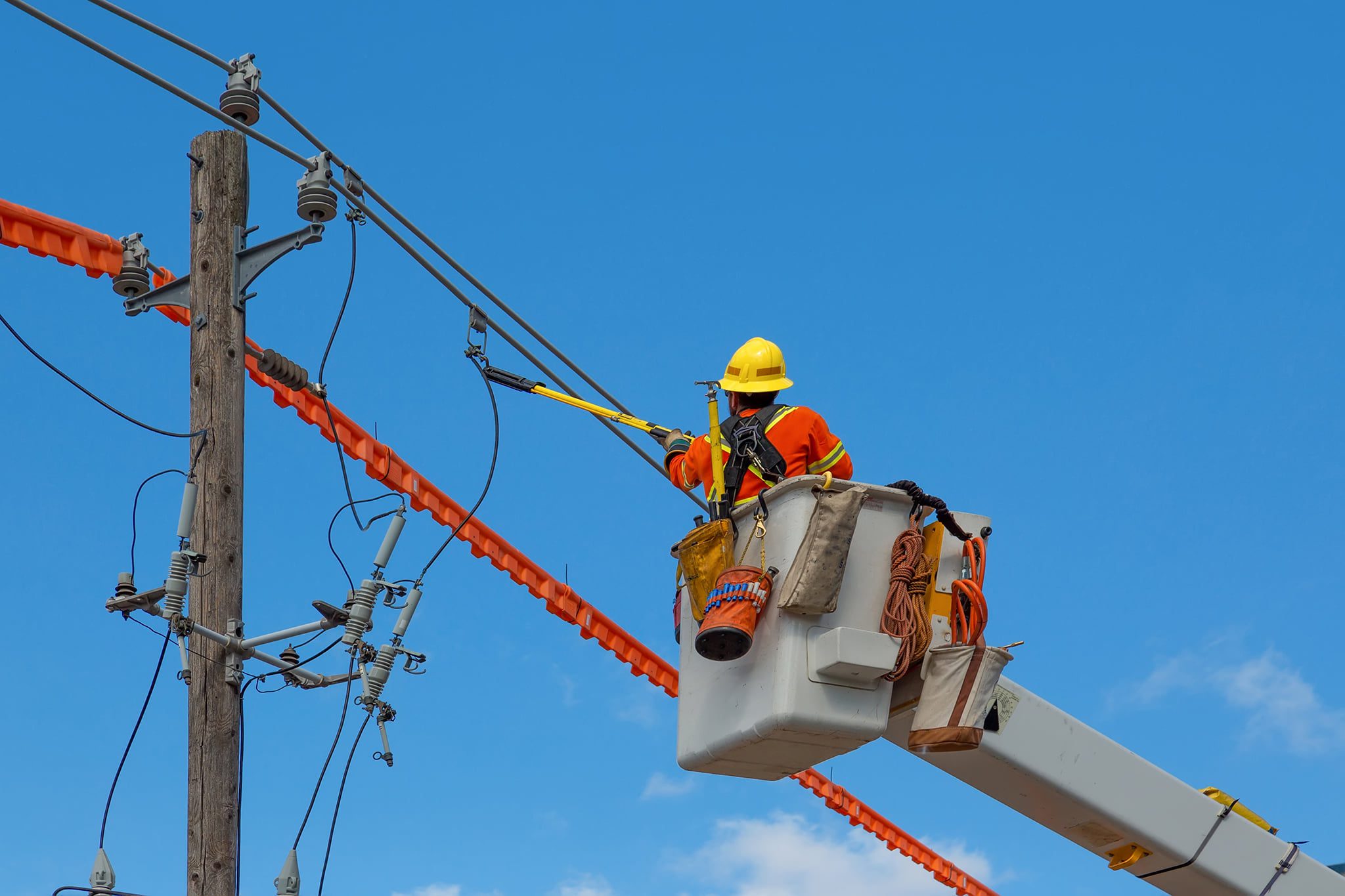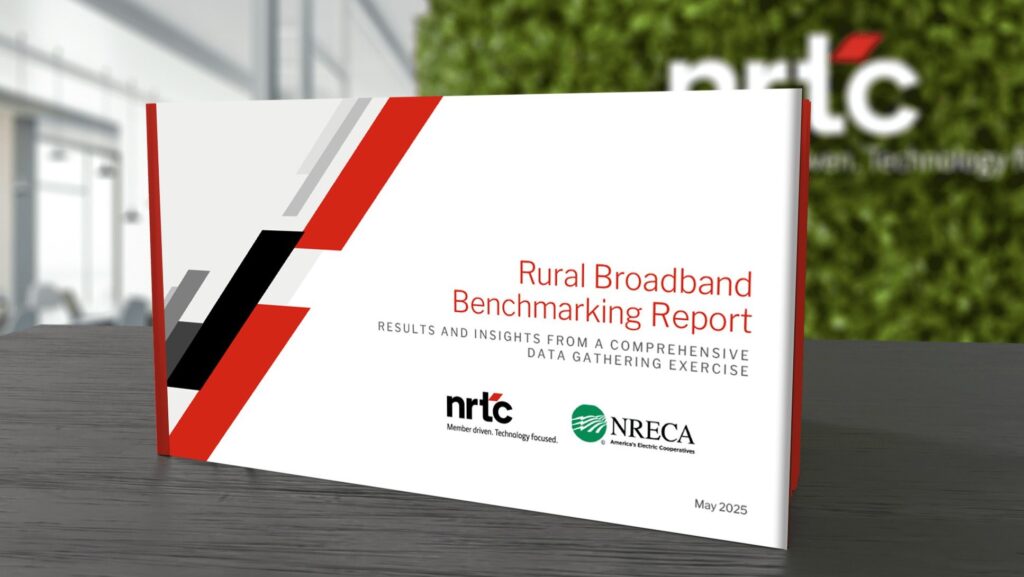Co-ops Help Federal Agencies Meet Energy Efficiency Requirements
Randy Sukow
|

Over the years, the government, through acts of Congress and executive orders, has placed energy efficiency requirements on various federal sites across the country, especially military bases. Government buildings and installations are under directions to conserve energy and at the same time look for ways to work renewable energy sources into their plans. But the laws and orders do not tell agencies exactly how to accomplish the goal or where to find funding for efficiency projects.
NRTC partner PowerSecure has participated in many projects where third-party organizations, including rural cooperatives, found creative ways to help federal agencies to install microgrids, automation systems and other technologies to improve electric efficiency. PowerSecure representatives recently led a webinar explaining the types of federal contracts available for rural co-ops. It was the first of a three-part Next-Generation Energy Virtual Workshop series NRTC is hosting that focuses on Smart Grid Solutions.
“Cooperatives are integral to the military’s mission readiness and operational effectiveness day to day,” said Jim Plourde, PowerSecure’s federal market manager. He estimated that more than 90 co-ops currently serve more than 100 military installations and several other federal government properties.
For example, NRTC member Flint Energies is a cooperative in Georgia that serves Fort Benning, where the U.S. Army operates certain facilities that are critical to national defense. The army was seeking systems to increase efficiency and reliability. “We came in to develop a 26-megawatt distributed generation plant,” said Joe Walsh, VP, Federal Government Solutions for PowerSecure. “It provides four-plus days of black start-capable power in the event of any damage, weather contingency or other interruption of service provided by the transmission line.”
The army, however, did not have an appropriation to pay for the project. “One of the things PowerSecure prides itself on is finding ways to design custom solutions that leverage whatever available funding sources may be out there,” Walsh said. PowerSecure and Flint Energies were able to obtain a utility energy service contract (UESC) under a U.S. Department of Energy program that facilitates public-private partnerships. Under the contract, cost savings created by the new generation plant went toward financing the project.
Such projects often require some upgrade to the electric distribution systems. “In a case like Fort Benning, where the co-op is, through a utility privatization contract, already managing that distribution system, it is really absolutely critical to have them involved in the project from the conceptual design phase,” he said.
“Military installations absolutely love and prefer the UESC mechanism, because they trust you [co-ops] as the serving utility,” Plourde said. “You’re not going to go away. You’re not going to do them wrong … You truly provide a value-added service as a trusted partner.”
The Next-Generation Energy Virtual Workshop continues Aug. 13 with a webinar entitled, “Storage: Moving from Hype to Practical Solutions” featuring battery systems and NRTC partner ENGIE. The series concludes on Aug. 27 with “Distributed Energy: Solving the Needs of Today While Planning for the Demands of Tomorrow,” featuring NRTC partner AutoGrid. NRTC members should watch the NRTC Events page for future information on how to register.


